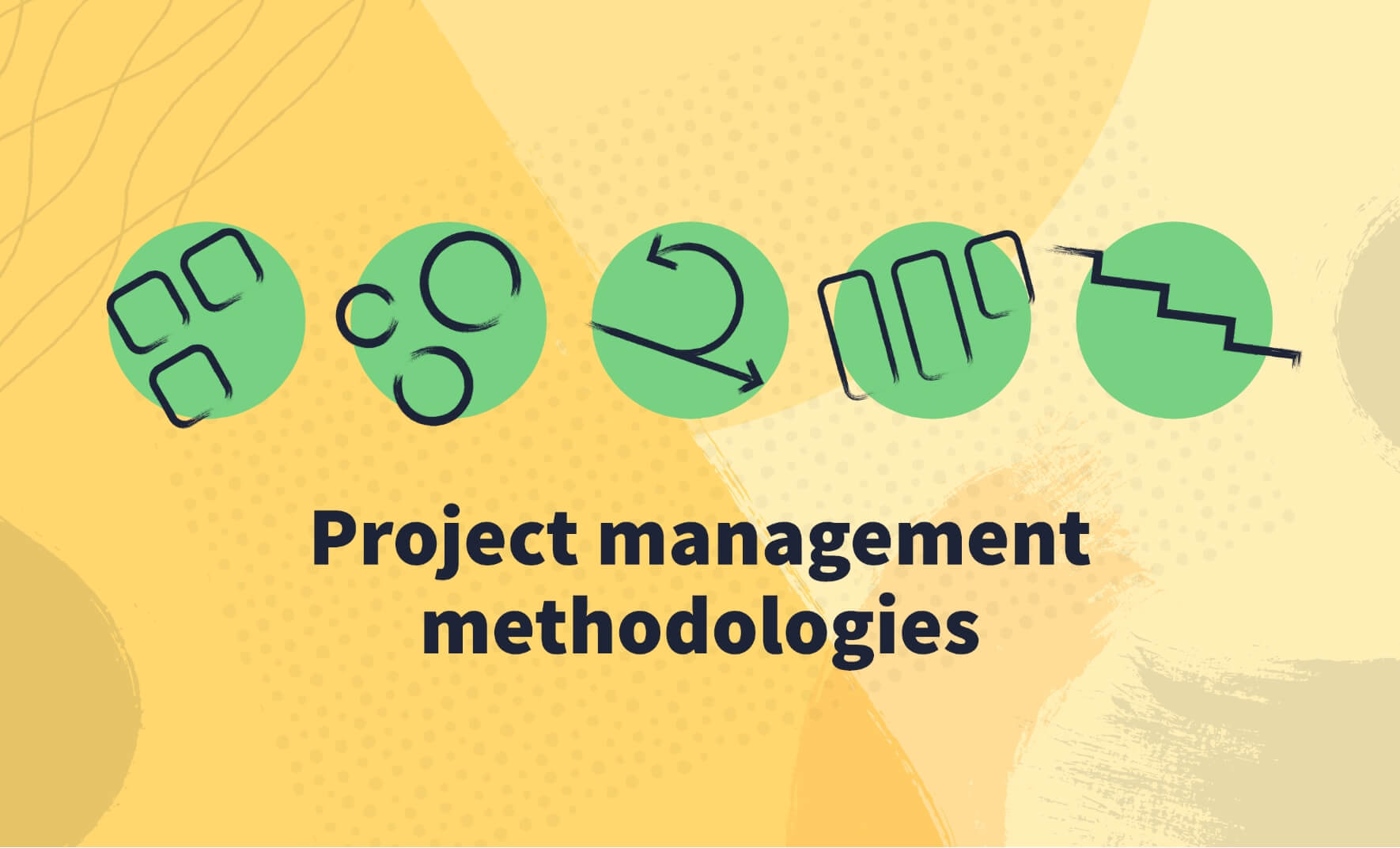In the dynamic world of project management, understanding various methodologies is key to ensuring successful project execution. From software development to construction, every project demands a tailored approach. This guide explores the most popular Project Management Methodologies, their strengths, applications, and how to choose the right one for your needs.
What Are Project Management Methodologies?
Definition and Importance
A project management methodology is a structured approach to planning, executing, and completing a project. It provides a framework to manage tasks, resources, and timelines effectively. The right methodology can streamline processes, minimize risks, and enhance team collaboration.
Types of Project Management Methodologies
There are numerous methodologies available, each with unique principles, processes, and advantages. Below are the most prominent ones:
1. Waterfall Methodology
Overview
The Waterfall methodology is a linear and sequential approach to project management. Each phase of the project is completed before moving on to the next.
Key Features
- Phases: Requirements, Design, Implementation, Testing, Deployment, and Maintenance.
- Fixed scope and deliverables.
- Highly structured with strict timelines.
Advantages
- Ideal for projects with well-defined requirements.
- Easier to manage due to its straightforward process.
- Clear milestones and documentation.
Disadvantages
- Limited flexibility for changes.
- Late identification of issues or errors.
Best Suited For
- Construction and manufacturing projects.
- Industries where changes are minimal.
2. Agile Methodology
Overview
Agile emphasizes flexibility, collaboration, and iterative progress. It is widely used in software development and industries requiring constant innovation.
Key Features
- Iterative cycles called “sprints.”
- Regular feedback loops.
- Collaborative teams and adaptive planning.
Advantages
- Responds quickly to changing requirements.
- Promotes continuous improvement and innovation.
- Strong focus on customer satisfaction.
Disadvantages
- Requires high levels of communication and commitment.
- Can be challenging to scale for large projects.
Best Suited For
- Software and product development.
- Projects with evolving requirements.
3. Scrum
Overview
Scrum is a subset of Agile and focuses on delivering small, incremental improvements through tightly-knit team collaboration.
Key Features
- Defined roles: Product Owner, Scrum Master, and Development Team.
- Short sprints (typically 2-4 weeks).
- Daily stand-up meetings to track progress.
Advantages
- High adaptability to change.
- Encourages teamwork and accountability.
- Fast delivery of functional product increments.
Disadvantages
- Not ideal for projects with rigid timelines.
- Requires a skilled and committed team.
Best Suited For
- Complex projects needing regular feedback.
- Teams focused on rapid prototyping and delivery.
4. Kanban
Overview
Kanban is a visual workflow management method that emphasizes continuous delivery and efficiency.
Key Features
- Uses a Kanban board to track tasks visually.
- Focuses on work-in-progress (WIP) limits.
- Encourages incremental changes.
Advantages
- Simple to implement and understand.
- Improves workflow transparency and bottleneck identification.
- Highly adaptable to different project sizes.
Disadvantages
- Lack of defined timelines can lead to delays.
- Less structured compared to other methodologies.
Best Suited For
- Teams aiming for gradual improvements.
- Projects with a focus on operational efficiency.
5. Lean
Overview
Lean methodology focuses on maximizing value while minimizing waste. It originates from manufacturing but is now applied across various industries.
Key Features
- Continuous improvement (Kaizen).
- Elimination of non-value-adding activities.
- Empowerment of team members.
Advantages
- Increases efficiency and reduces costs.
- Encourages innovation and problem-solving.
- Supports sustainable project practices.
Disadvantages
- Can be challenging to implement initially.
- Requires a cultural shift within the organization.
Best Suited For
- Manufacturing and supply chain projects.
- Organizations focused on cost optimization.
6. Six Sigma
Overview
Six Sigma aims for near-perfection by eliminating defects and variations in processes.
Key Features
- Data-driven decision-making.
- Use of DMAIC (Define, Measure, Analyze, Improve, Control) framework.
- Focus on quality improvement.
Advantages
- Enhances product and service quality.
- Reduces operational costs.
- Improves customer satisfaction.
Disadvantages
- Requires specialized training (e.g., Green Belt, Black Belt).
- Can be time-consuming and resource-intensive.
Best Suited For
- Quality-focused industries like manufacturing and healthcare.
7. Hybrid Methodology
Overview
Hybrid methodology combines elements from different methodologies, often blending Agile and Waterfall practices.
Key Features
- Flexibility to adapt processes to project needs.
- Integration of structured and iterative approaches.
- Tailored workflows for specific goals.
Advantages
- Balances predictability with adaptability.
- Encourages innovation without compromising structure.
- Customizable to diverse industries.
Disadvantages
- Complexity in managing mixed methodologies.
- Requires skilled leadership for successful integration.
Best Suited For
- Diverse and multi-phase projects.
- Organizations with varying requirements.
8. Critical Path Method (CPM)
Overview
CPM identifies the sequence of essential tasks that determine a project’s duration.
Key Features
- Focus on critical tasks and timelines.
- Use of dependency mapping.
- Identification of project bottlenecks.
Advantages
- Enhances schedule management.
- Identifies task prioritization.
- Provides a clear project timeline.
Disadvantages
- Less effective for flexible projects.
- High dependency on accurate time estimates.
Best Suited For
- Large-scale construction or engineering projects.
- Projects with clear task dependencies.
9. PRINCE2
Overview
PRINCE2 (Projects IN Controlled Environments) is a process-based methodology emphasizing organization and control.
Key Features
- Defined stages and processes.
- Focus on business justification.
- Comprehensive documentation.
Advantages
- Standardized approach for scalability.
- Ensures alignment with business objectives.
- Provides clear roles and responsibilities.
Disadvantages
- Can be overly bureaucratic.
- Requires significant documentation.
Best Suited For
- Government and enterprise-level projects.
- Projects requiring formal documentation.
How to Choose the Right Methodology
Selecting the right methodology depends on several factors:
1. Project Scope and Requirements
- Clear and fixed requirements: Waterfall or PRINCE2.
- Evolving requirements: Agile or Scrum.
2. Team Size and Expertise
- Large, experienced teams: Six Sigma or PRINCE2.
- Small, flexible teams: Kanban or Scrum.
3. Timeline and Budget
- Tight deadlines: Critical Path Method.
- Budget-focused: Lean or Hybrid.
4. Industry and Application
- Software development: Agile or Scrum.
- Manufacturing: Lean or Six Sigma.
- Construction: Waterfall or CPM.
Benefits of Implementing the Right Methodology
- Efficiency: Streamlines processes and reduces waste.
- Quality: Ensures consistent and reliable outcomes.
- Collaboration: Enhances team communication and accountability.
- Flexibility: Adapts to changing requirements and market conditions.
- Risk Mitigation: Identifies potential issues early.
Conclusion
Mastering Project Management Methodologies is crucial for any organization striving for success. By understanding their principles, advantages, and applications, you can tailor your approach to meet specific project needs. Whether it’s the structured Waterfall, the adaptive Agile, or the efficiency-driven Lean, the right methodology is the cornerstone of effective project management.




